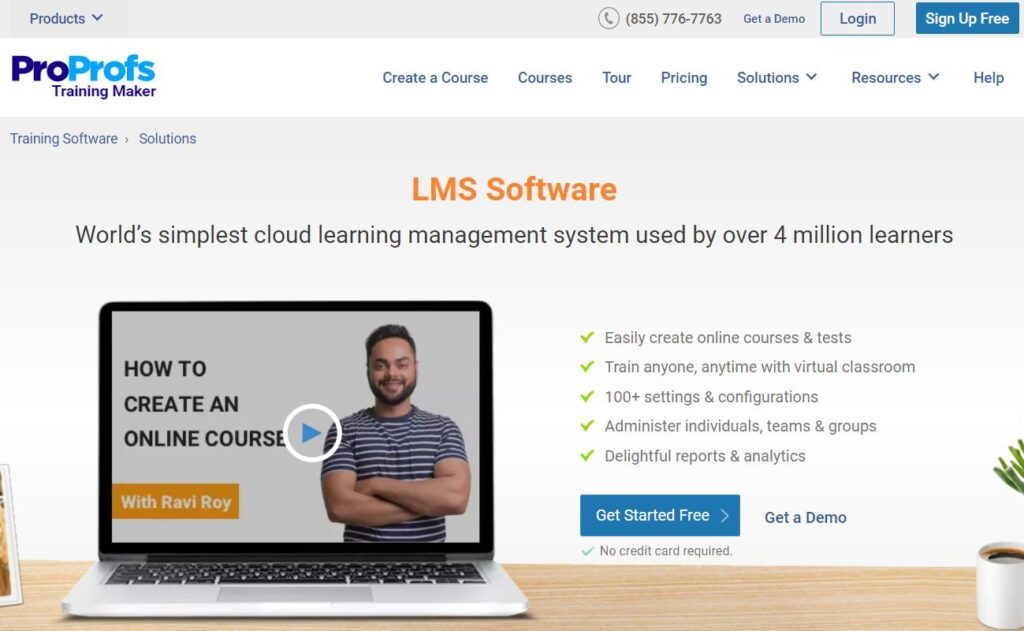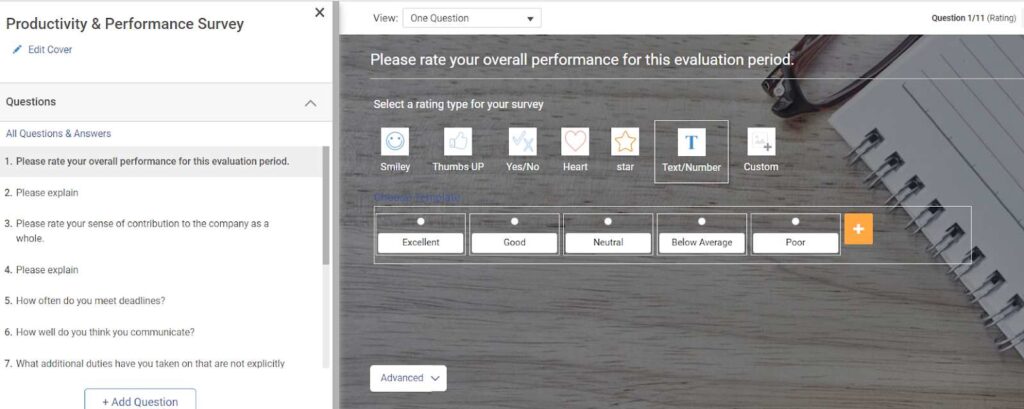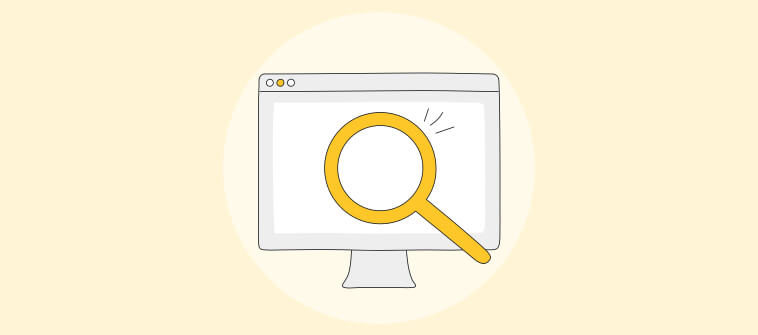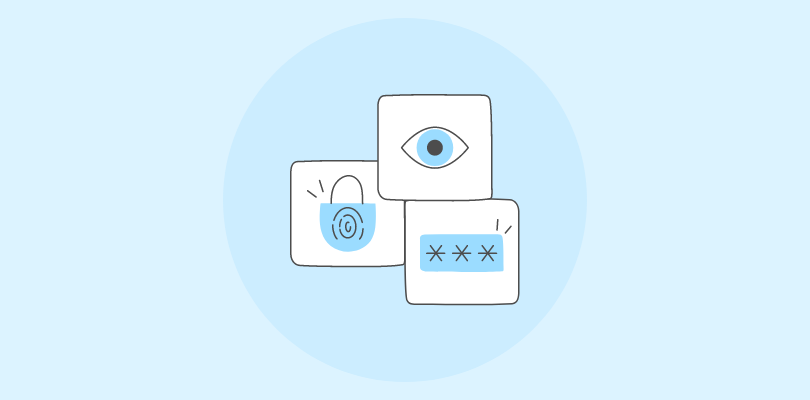Wondering how to measure the productivity of employees? Well, you’re not alone and we’re here to help you.
Accurate knowledge about your business is a key building block for success in any industry. Just as it’s important to know expenditure, or stock levels, employee productivity is a metric that all businesses should stay on top of, regardless of their size.
Employee productivity is basically how much work your employees complete in a set amount of time. By improving employee productivity, the overall productivity of a company will also improve. You can more effectively allocate resources and use employee training software to target weaknesses in the workforce.
That’s why, it’s crucial for understanding how efficient your business is – and you should use the best possible methods to gain an accurate picture of employee productivity.
Why Is It Important to Measure Employee Productivity?
https://giphy.com/gifs/Q9OXcNuJOJsmhfBW4v
You might think you already have a handle on employee productivity. After all, a good manager will know how hard-working their employees are. Maybe you keep track with informal notes or a regular conferencing meeting.
But while you have a rough idea of the work produced and your top performers, subjective data can be misinterpreted or, at worst, biased.
You wouldn’t accept half-formed or subjective opinions about any other aspect of your business. By implementing a system to measure employee productivity, you can build an accurate and holistic view of productivity in your workforce.
Measuring employee productivity lets you apply a specific numerical quantity to an employee’s productivity, which can be used to motivate or set targets. Simply measuring employee productivity can help to improve it.
How?
Employees become more aware of the concept and the goals you’ve set.
With more and more companies using data to enhance employee productivity and improve efficiency, it’s never been more important to measure.
So, how can you best measure employee productivity?
Let’s get to that in the next section.

Tips to Follow When Measuring Employee Productivity
Now that you know why measuring employee productivity is important, let’s see how you can measure it. Follow the practical tips below to assess the productivity level of your workforce.
Establish Benchmarks
First, you need to establish a benchmark to measure all productivity parameters. Consider what would be an appropriate expected baseline of output for a certain role.
If possible, this should use units of measurement that can be replicated across the workforce.
For example, a sales company may choose to measure productivity in the total value of sales regardless of product.
Another might find it more appropriate to measure the total number of sales regardless of value.
Setting a benchmark has two key functions:
- First, you can use it as a baseline to compare different datasets across your company to increase productivity.
- Secondly, using a benchmark clearly communicates to your employees what is expected of them.
Find the Right Tools
There are straightforward ways to measure employee productivity by focusing on an employee’s output. Dividing output by how many hours were needed to produce it would give a simple, and useful measure of productivity.
However, many employees have a more complex set of responsibilities and duties. It would be a little unfair if that sales company we mentioned earlier applied sales-based metrics to their HR manager, for example.
For these roles, a more wide-ranging assessment of productivity is needed.
For this, you can use various analytical software to measure employee productivity. For example, you can use a quiz-making tool such as ProProfs Quiz Maker to create different quizzes and evaluate your employees from time to time.

This means that productivity can be measured whether employees spend their days selling pencils, building cars or providing digital workplace services.

Watch: How to Choose the Best Quiz Software
Choose Which Objectives and Tasks to Measure
Different businesses have different needs. You may want to evaluate the productivity of workers performing specific tasks or choose to prioritize a certain department.
For instance, you might be looking to change your communications systems and browsing through a number of platforms. You could trial different business communication systems to identify the most productive system for your workforce.
You should also specify certain objectives when choosing which tasks you want to measure. This gives extra motivation to employees beyond the baseline metric.
For example, you can set your company’s goal to increase annual profits.
To achieve that, you can set an objective for your sales team of increasing sales over the next quarter by 10%.
This way, the team will know what they need to work on and target to increase business profitability through intensified sales.
This type of goal is called a SMART goal which stands for Specific, Measurable, Attainable, Realistic, and Time bound.
Training your employees in setting SMART goals is also a certain way to boost employee productivity since it creates a transparent picture of the deliverables.
Watch: How to Set SMART Goals | Training Course Introduction
Engage Employees
Employees can sometimes feel worried or anxious when their manager tells them about new systems to measure their productivity. Understandably, they can feel like they’re constantly under observation or even that their job is under threat.
Therefore, it’s important that you engage with employees at all points when introducing a new way to measure their productivity.
Consider including productivity measurement software or employee productivity trackers when designing training programs so that all employees know how their work will be analyzed.
Explain why measuring productivity will help to improve the overall efficiency of the business without burdening them with extra work. By having a clear picture of productivity, it’s possible that you’ll be able to make your employees’ jobs easier!
Watch: 6 Quick Tips to Create Awesome Employee Engagement Surveys
Focus on Quality, Not Quantity
One of the mistakes that people often make when measuring productivity is they focus on the quantity of output. Badly-designed productivity programs might encourage employees to increase work of poor quality to meet certain targets.
To avoid this, ensure that when thinking about how to measure employee productivity you account for the quality of work.
This depends on the type of business you run or the tasks that you’re measuring, but it can include having a baseline of quality by which all products are assessed.
In sales, quantity and quality can be hard to distinguish, but, if your top salesman is lying to customers to make sales, the quality of their work might negatively impact your business long term.
Focus on Productivity
Remember that the purpose of this exercise is to improve the productivity of your employees. Therefore, any mechanism for measuring productivity that includes hours of extra work filling out forms or inputting data metrics is self-defeating.
While it may seem easy to ask your employees to input, for example, the number of emails answered every day, this requires logging emails as they come in and spending time at the end of each day to fill out a form.
Instead, using analytical software can ensure that you don’t actually inhibit productivity. See this as an opportunity to improve processes, perhaps even perform much-needed legacy mainframe modernization, all of which will boost productivity across the business.
Based on your productivity measurement, if you find your employees are not as productive as you expect them to be, you can train them.
For this, you may use a cloud learning management system or LMS for end-to-end solutions.

Similarly, you can deploy purpose-built online training courses on productivity and other in-demand corporate training topics.

These resources can help you easily train your employees anytime, anywhere, track progress, and measure learning outcomes in real time.
Daily Updates
Using daily updates can be a great way to stay on top of employees’ productivity, allowing you to spot potential issues and early trends before they become problems. It also provides transparency for employees, letting them know where they stand. Further, it empowers them to take action on their own.
If using an automated system, consider sharing data in an email at the end of the day. This lets employees reflect, in real time, on what made them more or less productive that day, and take steps to avoid it happening again.
Alternatively, you may wish to start every day with a meeting that briefly goes over the previous day’s statistics, offering advice while motivating your employees to improve.
Use Client Perspective
From post-training surveys to collecting marketing data, online surveys are useful for a range of functions. They can also be used to measure productivity.

If your business is client-facing, ask clients to contribute their points of view by answering questions like:
Was time needlessly wasted? Was the pitch confusing? Were instructions clear?
This is great qualitative data for assessing employee productivity but may also shed light on where you can improve your processes.
If a client helps you identify a problem, like our example of the lying salesman earlier. You can take action, perhaps using a cell phone call recorder to collect recordings of your employees’ conversations with clients, which can be used in training.
Don’t Forget Employee Well-Being
The well-being of your employees may not be as easy to measure as their sales figures but it’s still an important part of running a business successfully.
If you’re measuring productivity by surveying employees, include questions about their mental health, workload, and work-life balance. Making sure that employees aren’t experiencing stress or burnout is a good way to improve productivity. This could even save you money in the long term by reducing staff turnover.
Employees will appreciate your consideration of their well-being, fostering a more inclusive and caring working environment. Your questions about productivity will worry them less if they are joined by attempts to measure employees’ well-being.
Even better, if it’s followed by providing them help in the form of much-needed stress management training like the one below:
Watch: Stress Management Training Course
Emphasize Rewards
Measuring productivity shouldn’t be a case of all work and no play. With this exciting new dataset, you’ll be able to locate your most productive employees and reward them.
Also, consider including productivity measurements in your peer-to-peer recognition system, as this will encourage and motivate other employees.
Emphasizing the rewards that come with measuring productivity will help build buy-in across your workforce. It will also motivate employees to find their own ways to increase their productivity.
Set Yourself Up for Success By Measuring Employee Productivity
Measuring employee productivity is the best way to have a detailed understanding of the most vital resource in any business: the people. Improving productivity means improving efficiency, reducing waste, and achieving sustainable growth.
By setting baselines and using analytical software, you can create a clear picture of employee productivity regardless of duties or department. Similarly, engaging with clients and focusing on quality can provide valuable insights into employee productivity.
Finally, measuring employee productivity should be done in constant communication with the workforce. This will get everyone on board and can even motivate employees to improve their own productivity statistics.
Now that you know how to measure employee productivity, you can make your workplace more effective than ever!
 Tips
Tips
We’d love to hear your tips & suggestions on this article!
Get Free Employee Training Software — All Features, Forever.
We've helped 567 companies train 200,000+ employees. Create courses in under a minute with our AI LMS or use 200+ ready-made courses on compliance, harassment, DEI, onboarding, and more!

 We'd love your feedback!
We'd love your feedback! Thanks for your feedback!
Thanks for your feedback!







